Podcast: Play in new window | Download (Duration: 45:32 — 65.0MB)
Subscribe: RSS
Learning Dental Implants can be confusing. There are so many layers of complexity, from space requirement, restorative components and surgical nuances. This 2nd part of the 2-part series on Implants with Dr Hassan Maghaireh looks to guide us through the fundamentals of assessing your patient for implants.
- How do you assess the Implant space for the right mouth in the right patient?
- When patients ask how long Implants last for, what should we tell them?
- Can you place implants on Smokers? What is the protocol?
- Bisphosphonates – at what point are implants contraindicated?
- How can you tell if it’s going to be a complicated case?
- How about Perio Susceptible patients and placing implants?
- How will Parafunctional patients fare with implant restorations?
- Who should take the tooth out?! GDP or Implant placing Dentist
- I routinely section molars. Is that a good practice?
- What is ridge preservation and when to consider this?
Protrusive Dental Pearl: How to use a pencil to draw line angles for anterior aesthetic composite restorations. I learned this from Dipesh Parmar on the Mini Smile Makeover course (next course in 2021)
If you enjoyed Dr Hassan’s style of teaching, do check out the BAIRD Implant Course.
If you liked this episode, you will love revisiting Complete Dentures with Mark Bishop!
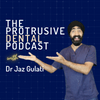

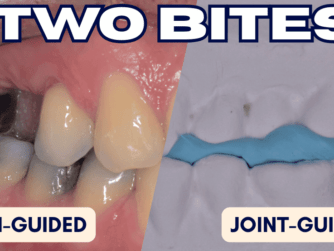
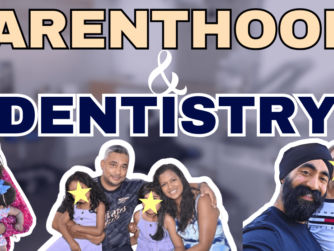
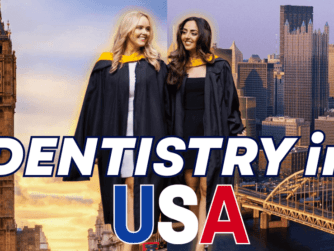
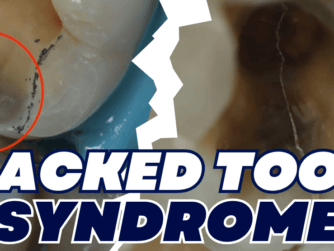


[…] If you liked this episode, you will love to listen and learn about Implant Assessment for GDPs: from Space Requirement to Ridge Preservation […]
[…] If you liked this episode, you will love revisiting Implant Assessment for GDPs: from Space Requirement to Ridge Preservation […]